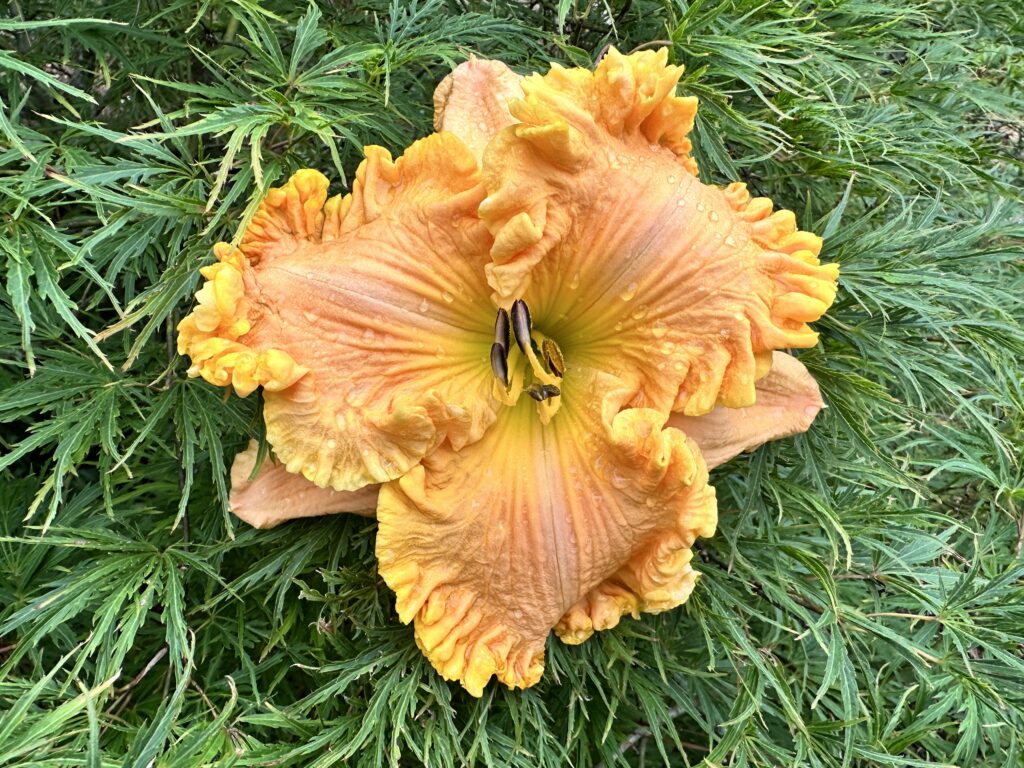Daylilies, scientifically named Hemerocallis, have captivated garden enthusiasts with their vibrant colors and effortless beauty. These popular perennial flowers have gained a reputation for their resilience and adaptability, but their sunlight requirements remain a subject of curiosity for many gardeners. In this article, we delve into the question of whether daylilies ove the sun and explore the ideal sunlight conditions to help you cultivate a thriving daylily garden.
Do Daylilies Like Sun?
Daylilies are known for their preference for sunlight. They thrive when provided with abundant sunlight. These resilient flowers require a minimum of six hours of direct sunlight each day to ensure optimal growth and blooming. Sunlight is crucial for daylilies as it fuels their photosynthesis process, enabling them to convert sunlight into energy and produce robust foliage and colorful blooms.
Benefits of Sunlight to Daylilies
Sunlight provides numerous benefits to daylilies.
1. Promotes photosynthesis: Firstly, it promotes healthy growth by encouraging photosynthesis, the process through which plants convert sunlight into energy. This energy fuels the development of strong stems, abundant foliage, and vibrant flowers.
2. Enhances growth: Adequate sunlight stimulates the growth of daylilies, resulting in strong stems, abundant foliage, and healthy root systems.
3. Increases flower production: Sunlight plays a crucial role in the formation of flowers in daylilies. It promotes the production of buds and encourages them to bloom, leading to a more abundant display of colorful flowers.
4. Intensifies flower colors: Exposure to sunlight intensifies the pigmentation in daylily flowers, resulting in more vibrant and striking colors.
5. Improves overall plant health: Sunlight ensures proper air circulation around daylilies, reducing the risk of fungal diseases that thrive in damp, shaded areas. It also helps to keep the foliage dry, preventing issues like rot and mildew.
6. Extends the blooming period: Adequate sunlight, combined with the right balance of shade, can extend the blooming period of daylilies, allowing you to enjoy their beautiful flowers for a longer time.
7. Supports pollination and seed production: Sunlight attracts pollinators like bees and butterflies to daylily flowers, facilitating pollination and increasing the chances of seed production.
8. Strengthens plant resistance: Sunlight exposure helps daylilies develop stronger defenses against pests and diseases, making them more resilient and less prone to damage.
9. Enhances aesthetic appeal: Sunlight brings out the natural beauty of daylilies, illuminating their colors and textures, and creating an enchanting visual spectacle in the garden.
10. Provides a sense of well-being: Cultivating daylilies in a sunny garden space can uplift your mood and provide a sense of tranquility, as you witness the vibrant flowers basking in the warmth of the sun.
Remember, while daylilies thrive in sunlight, it’s important to provide some shade during intense heat or scorching summer months to protect them from excessive stress and sunburn.
Do Daylilies Like Sun? Ideal Sunlight Conditions
While daylilies appreciate sunlight, they also benefit from some shade, especially in regions with scorching summers. The ideal sunlight conditions for daylilies include morning sun and afternoon shade. This balance allows the plants to soak up sunlight during the crucial early hours, while the shade in the afternoon protects them from excessive heat and prevents sunburn. Furthermore, partial shade can extend the blooming period of daylilies, as too much sun exposure may cause the flowers to wither quickly.
Caring for Daylilies in Sunlight
To ensure the best care for your daylilies in sunlight, consider the following tips:
1. Select a sunny location: Choose a spot in your garden that receives at least six hours of direct sunlight each day.
2. Soil and watering: Daylilies thrive in well-draining soil. Water them regularly, ensuring the soil remains moist but not waterlogged.
3. Mulching: Apply a layer of organic mulch around the base of the plants to retain soil moisture and control weed growth.
4. Fertilization: Feed daylilies with a balanced slow-release fertilizer in early spring and after blooming to promote healthy growth.
5. Protection from extreme heat: During heatwaves, provide some temporary shade or use a light-colored mulch to prevent excessive soil heating.
Conclusion
Daylilies are sun-loving plants that flourish when exposed to direct sunlight. They require a minimum of six hours of sun daily to achieve their full growth and blooming potential. However, while daylilies appreciate sunlight, they also benefit from partial shade, especially during the hottest hours. By providing the ideal balance of sunlight and shade, along with proper care, you can create a stunning daylily garden filled with vibrant colors and lush foliage.

